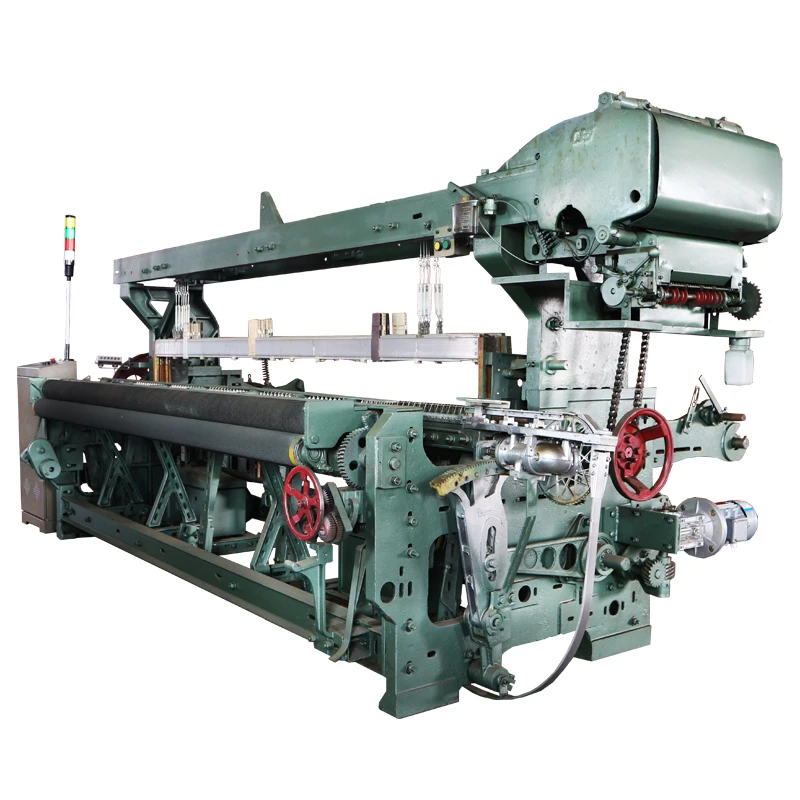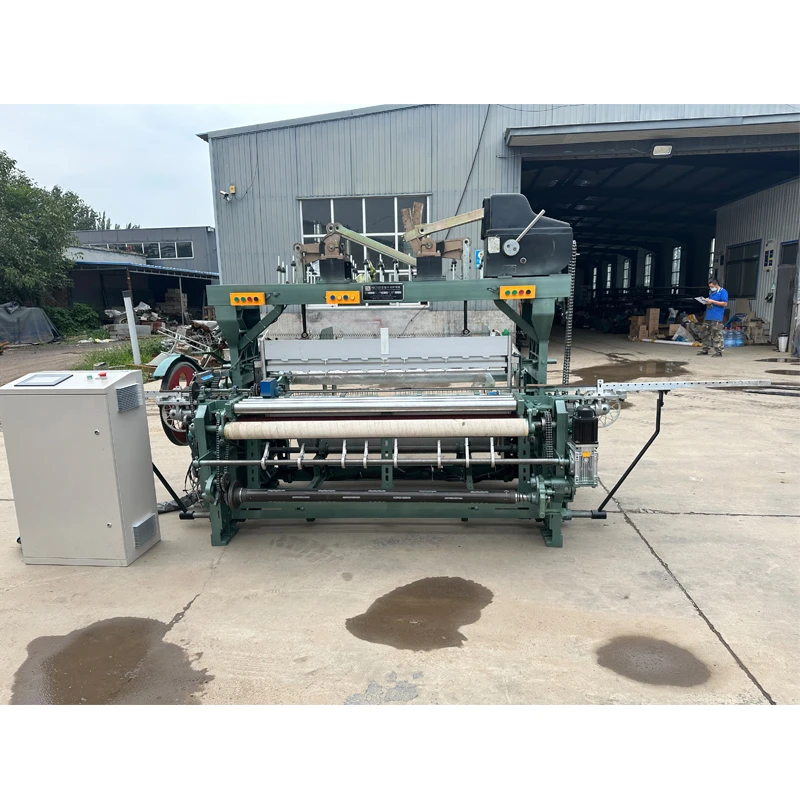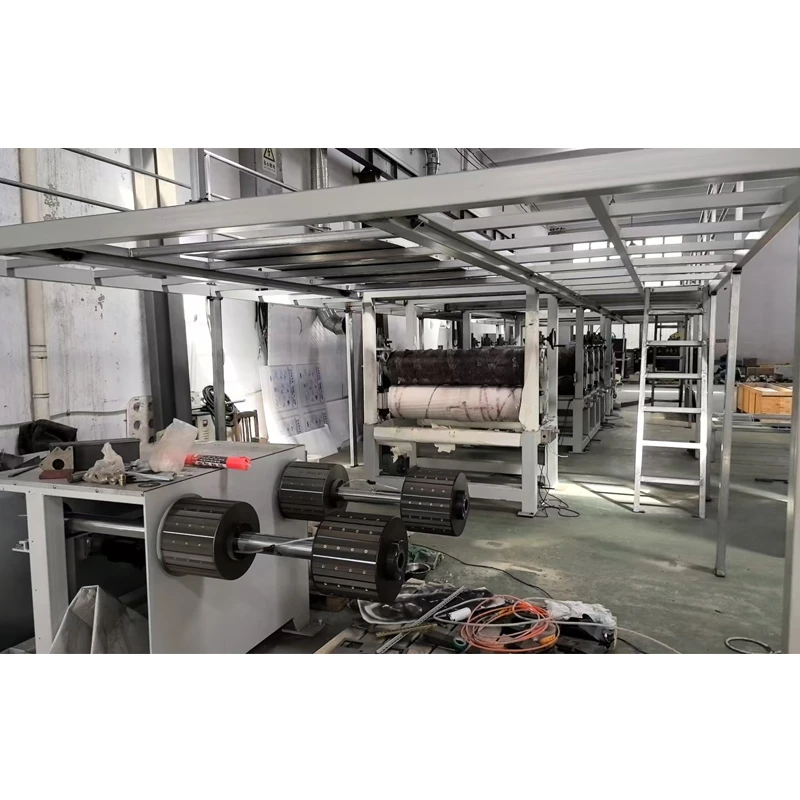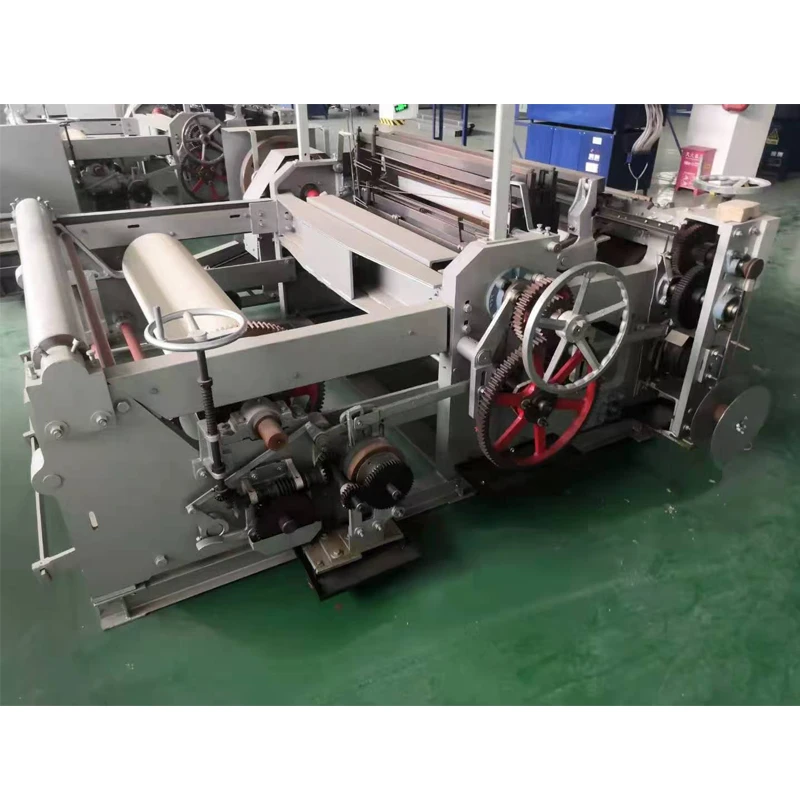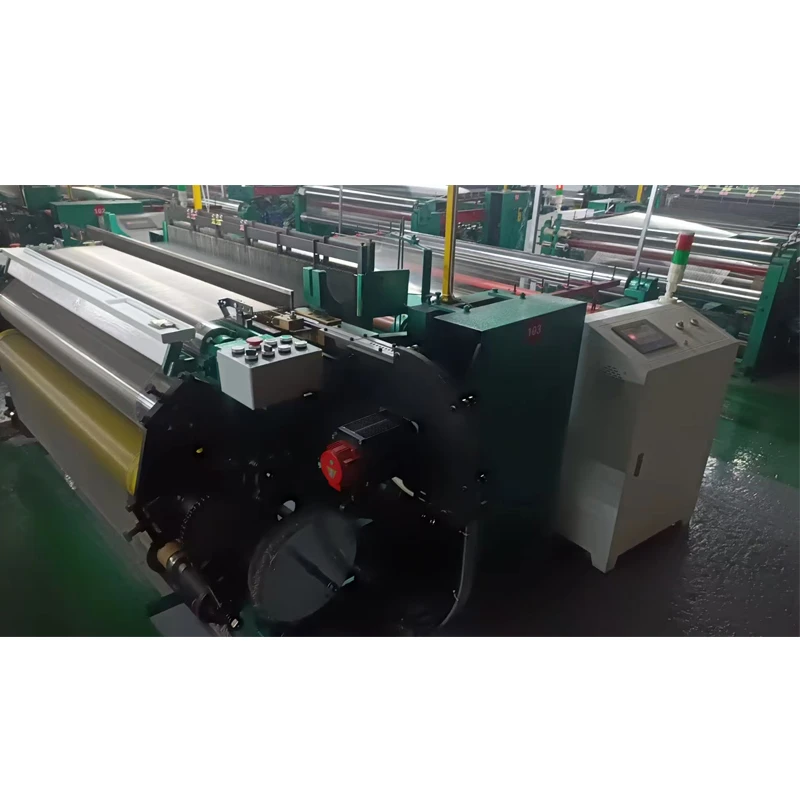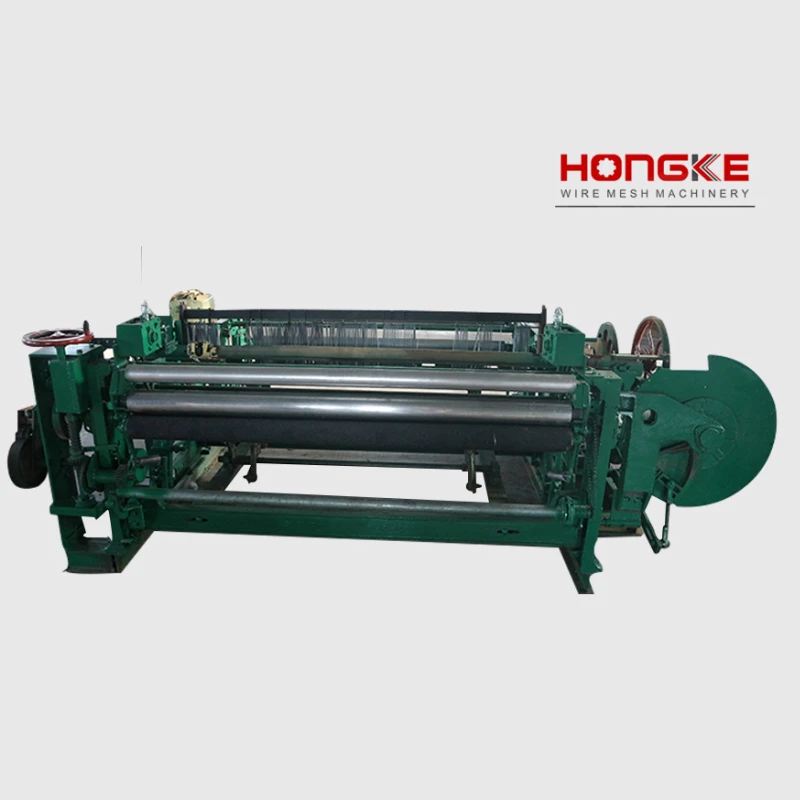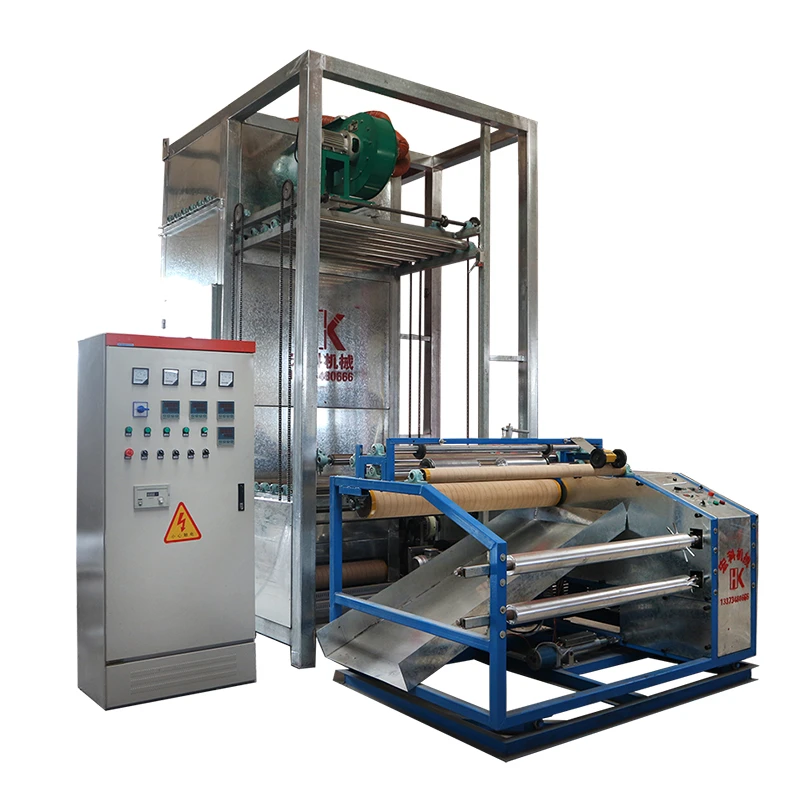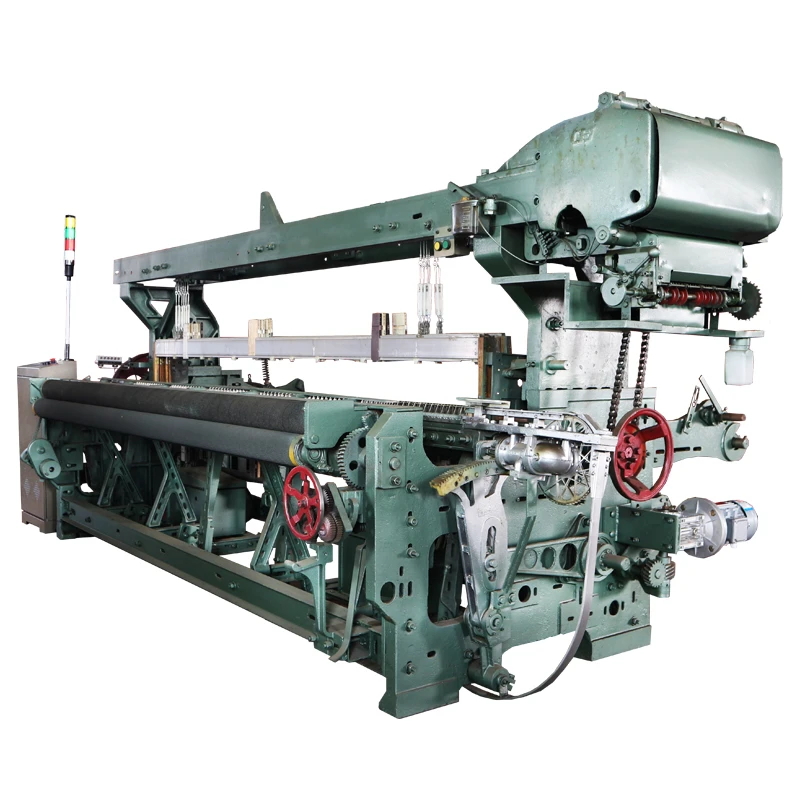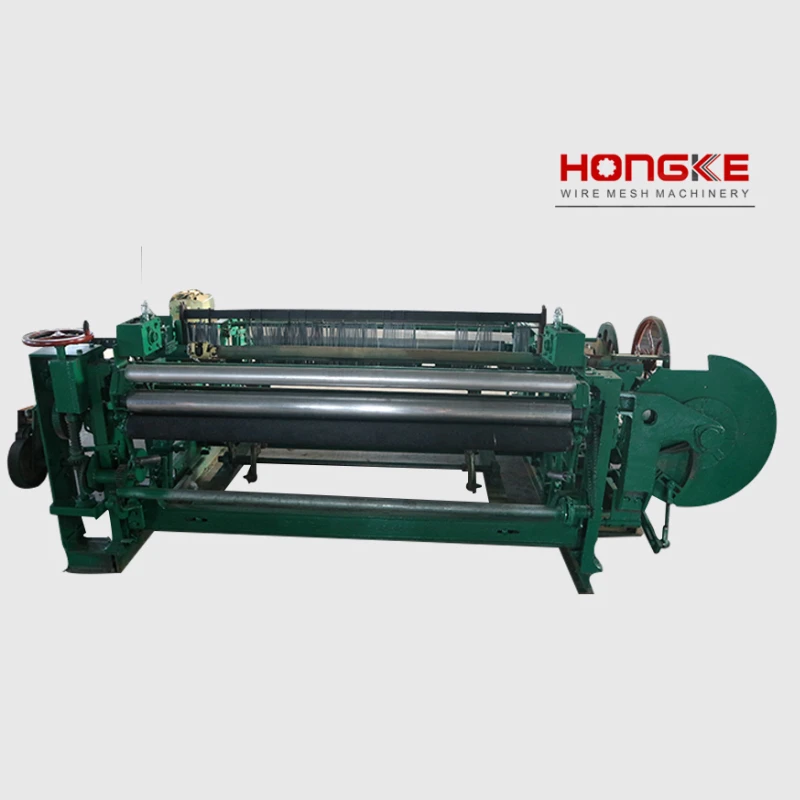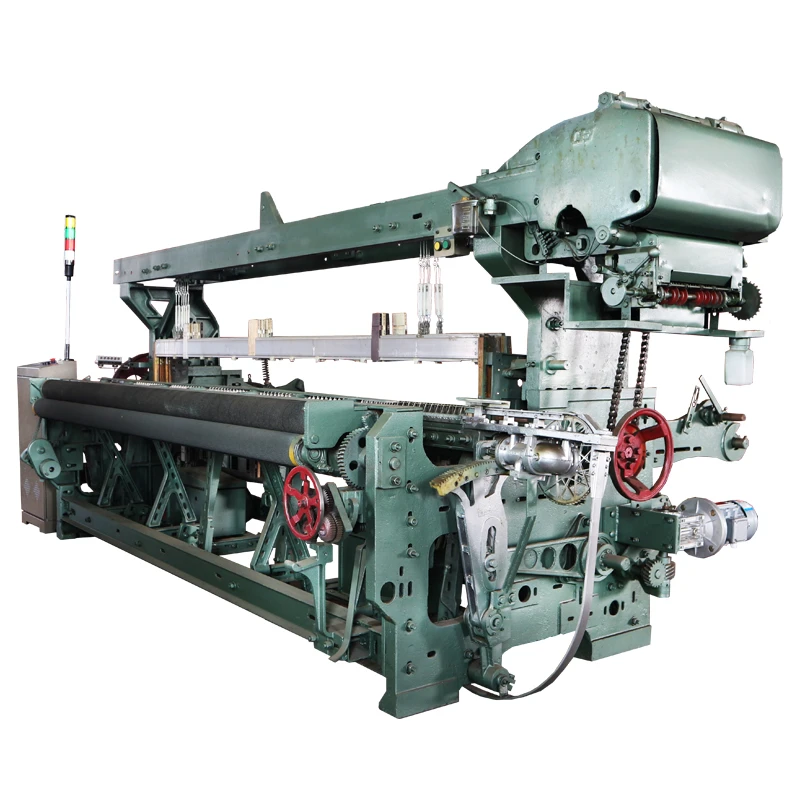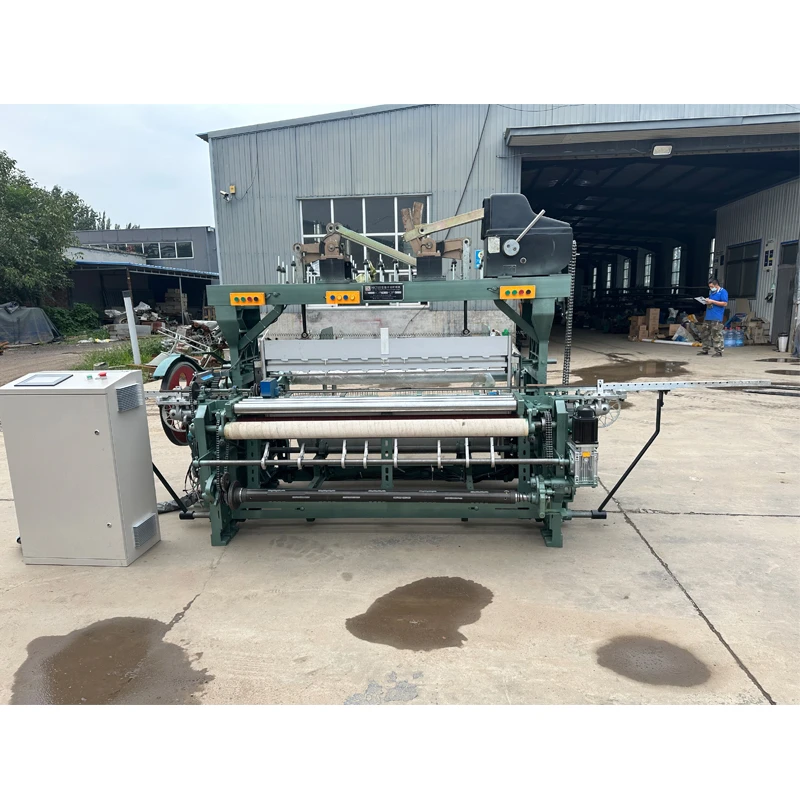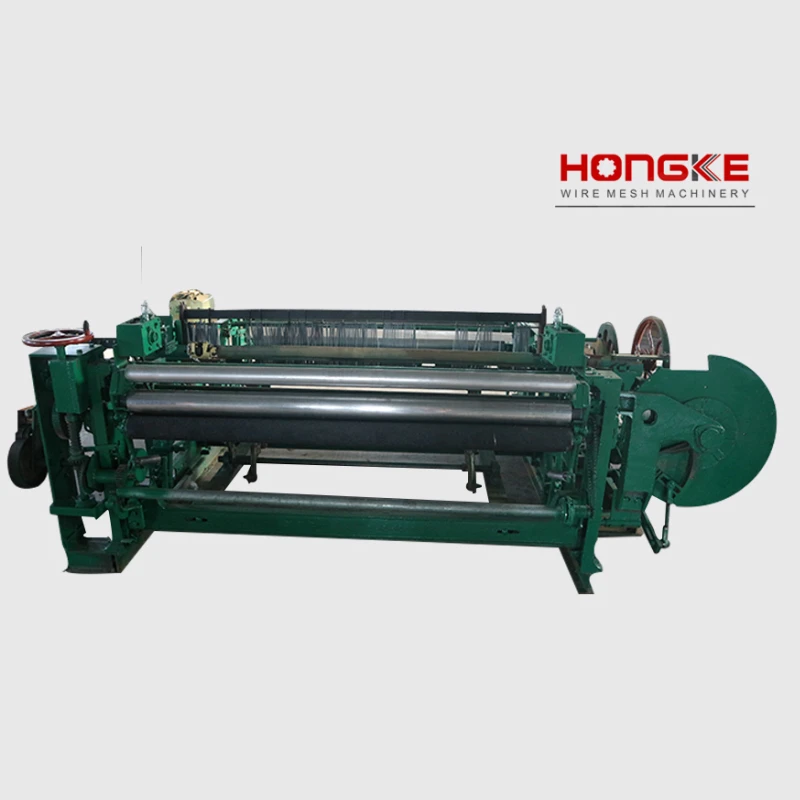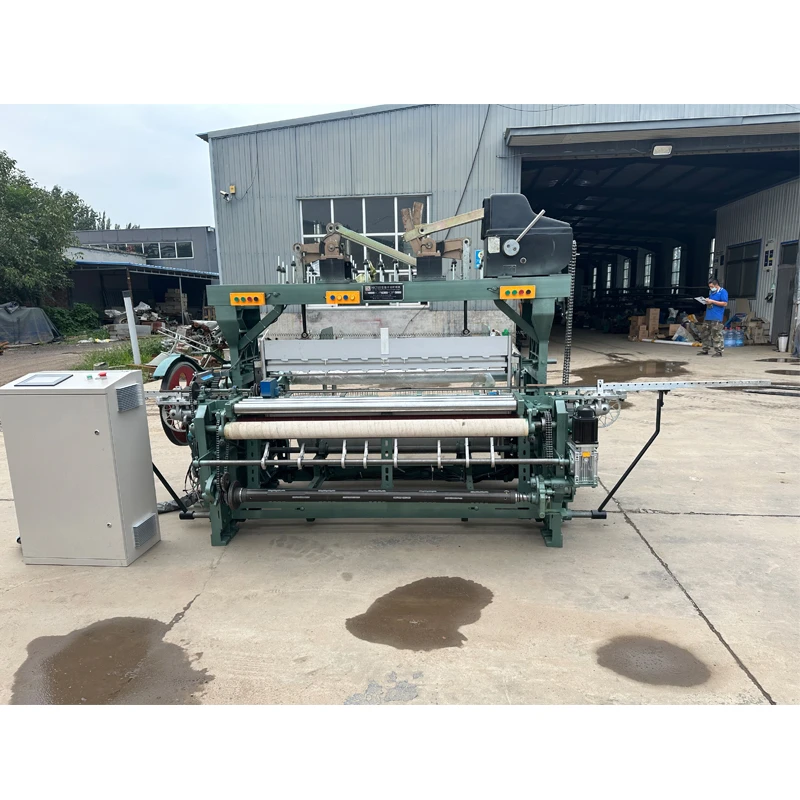
Aerokosmik va avtomobilsozlikdan tortib dengiz va sport anjomlarigacha bo'lgan zamonaviy sanoat tarmoqlarida engil, yuqori quvvatli materiallar misli ko'rilmagan talabga ega. Ushbu inqilobning boshida carbon fiber machine, a sophisticated piece of equipment that enables the transformation of carbon filaments into woven fabrics used in countless high-performance applications. These machines are essential for manufacturers looking to produce durable, flexible, and corrosion-resistant composites that outperform traditional materials like steel or aluminum.
The carbon fiber machine plays a vital role in the processing of raw carbon fibers into textile forms suitable for reinforcement. These machines are designed to handle extremely fine and strong fibers, aligning them perfectly before they are processed into usable forms such as fabrics, sheets, or 3D structures. Modern carbon fiber machines offer high-speed operation, digital control, minimal fiber breakage, and uniform tensioning, which are crucial for producing consistent and high-quality carbon fiber materials.
As industries push toward innovation and sustainability, the carbon fiber machine yangi avlod ishlab chiqarishining tamal toshiga aylandi. Avtomatlashtirish xususiyatlari, boshqa to'qimachilik tizimlari bilan integratsiya imkoniyatlari va ishchi kuchiga bog'liqlikni kamaytirish bilan ushbu mashinalar tengsiz samaradorlikni taklif qiladi. Aviatsiya inshootlaridan tortib poyga avtomobillari va protezlargacha sifatli uglerod tolasi mahsulotlariga talab ortib bormoqda - ilg'or texnologiyalarga sarmoya kiritmoqda. carbon fiber machine a strategic move for manufacturers looking to lead in strength-to-weight ratio technologies.
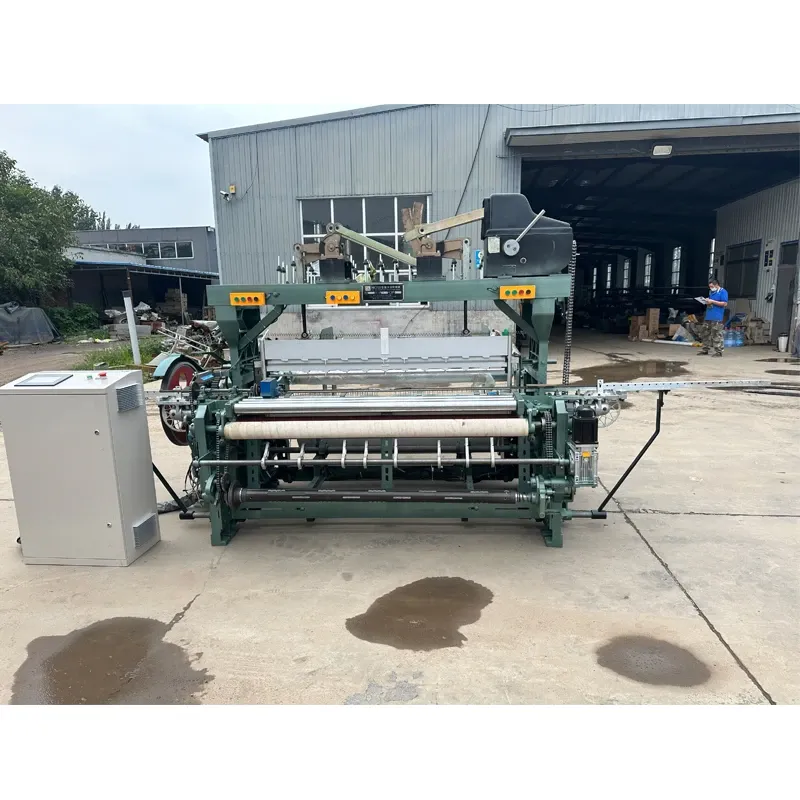
The Growing Demand for Carbon Weaving Machine Solutions Across Industries
One of the most specialized forms of textile machinery in the advanced materials sector is the carbon weaving machine. These machines are designed to weave carbon fiber yarns into two-dimensional or three-dimensional structures, depending on the intended application. Unlike traditional looms, a carbon weaving machine must work with high-tensile fibers that are both delicate and rigid, requiring extreme precision and carefully calibrated tension to maintain fiber integrity.
A carbon weaving machine is essential for manufacturing woven fabrics used in composites, laminates, and reinforcement sheets. These fabrics are then impregnated with resins to form strong and lightweight materials used in demanding applications such as wind turbine blades, satellite components, and luxury automotive panels. The ability of the carbon weaving machine to create complex weaves, including unidirectional, biaxial, and triaxial patterns, gives manufacturers the flexibility to meet specific structural requirements.
Bugungi mashinalar dasturlashtiriladigan naqsh nazorati, ip tashuvchilarni avtomatik joylashtirish, past ishqalanishli komponentlar va bir xil ishlab chiqarishni ta'minlash uchun real vaqt rejimida monitoring tizimlari bilan birga keladi. To'quv tezligi, kenglik imkoniyatlari va halqa / to'quv birikmalarining soni zamonaviyda mavjud carbon weaving machine ishlab chiqaruvchining ishlab chiqarishi qanchalik samarali va kengayishi mumkinligini aniqlash. Texnologiya rivojlanib borar ekan, ushbu mashinalar gibrid materiallarni joylashtirish, uglerodni aramid yoki shisha tolalar bilan aralashtirish uchun maxsus ishlash ko'rsatkichlariga erishish uchun moslashtirilmoqda.
With the increasing shift toward lightweight, high-durability materials, carbon weaving machine Yechimlar endi o'z o'rniga ega emas - ular asosiy oqimdir va global sanoat ularni keng miqyosda qamrab oladi.
Unlocking Precision Manufacturing with the Carbon Fiber Weaving Loom
Among the most vital equipment for producing advanced woven carbon materials is the carbon fiber weaving loom. Unlike traditional looms used in fabric or apparel production, this specialized machinery is engineered to handle carbon yarns that offer no elasticity, requiring immaculate accuracy in their handling, tensioning, and layering. A carbon fiber weaving loom allows for highly customized textile architectures, catering to applications that demand not only strength and lightness but also directional rigidity and form adaptability.
The core function of a carbon fiber weaving loom is to interlace carbon fiber yarns in specific patterns, creating woven fabrics with controlled strength profiles. For example, aerospace components may need a 2x2 twill weave for directional rigidity, while automotive parts may require plain weave for all-around strength. The carbon fiber weaving loom delivers this versatility, ensuring every inch of fabric meets industry-specific tolerance standards.
Advanced looms integrate software-driven weave pattern customization, tension management systems, and automated shuttle positioning. Some models even include cameras for defect detection and real-time analytics, ensuring maximum quality control. With electric or servo-driven operations, these looms offer energy efficiency, high throughput, and minimal manual supervision.
Uglerod matolari yuqori qiymatga ega bo'lgan sanoatda tobora ko'proq foydalanilayotganligi sababli, hatto kichik nomuvofiqliklar ham halokatli nosozliklarga olib kelishi mumkin. Shuning uchun a ning aniqligi carbon fiber weaving loom Buni ortiqcha baholab bo'lmaydi - bu shunchaki mashina emas, balki kompozit ishlab chiqarishda sifatni ta'minlash bo'yicha hamkor.
Benefits of Integrating Carbon Fiber Machine Systems into Composite Production Lines
The integration of a complete carbon fiber machine tizim, jumladan, yechish moslamalari, qistirgichlar, prepreg uskunalari va dastgohlar kompozit ishlab chiqarishni to'liq nazorat qilishni maqsad qilgan kompaniyalar uchun strategik harakatga aylandi. Ushbu keng qamrovli tizimlar qayta ishlashning har bir bosqichida xom uglerod filamentlarini olish uchun mo'ljallangan: ip tayyorlash va to'qishdan pardozlash va qatronlarni singdirishgacha.
One major advantage of integrating a carbon fiber machine into your production line is increased efficiency. By automating and synchronizing multiple steps, manufacturers can reduce labor dependency, material waste, and production time. Additionally, end-to-end integration ensures better quality control and consistency across every production batch, minimizing costly rework and waste.
Yana bir afzallik - ko'p qirrali. Integratsiyalashgan tizimlar ishlab chiqaruvchiga mahsulot turlarini, masalan, qurilish panellari uchun to'qilgan uglerodli matolar yoki qoliplangan qismlar uchun shaklli preformlar - sezilarli ishlamay qolmasdan almashtirish imkonini beradi. Ular, shuningdek, gibrid tolali tuzilmalar bilan shug'ullanishi va yangi qatron texnologiyalarini joylashtirishi mumkin, bu esa kelajakdagi bozor ehtiyojlariga moslashishni ta'minlaydi.
Furthermore, maintenance is streamlined when working with integrated systems. Centralized monitoring, digital diagnostics, and remote support options help keep machines running at optimal performance. Whether for aerospace, defense, marine, or high-performance consumer goods, integrated carbon fiber machine setups provide the scalability and reliability that competitive global markets demand.
Choosing the Right Carbon Weaving Machine for Your Application
Selecting the ideal carbon weaving machine kompozit materiallar bozoriga kiruvchi yoki kengaytiruvchi ishlab chiqaruvchilar uchun hal qiluvchi qaror. Barcha to'quv mashinalari bir xilda yaratilgan emas - ayniqsa uglerod kabi texnik jihatdan qiyin tolalar bilan ishlashda. Shuning uchun, xarid qilishdan oldin mahsulot maqsadlari va mashinaning texnik xususiyatlarini tushunish juda muhimdir.
Start by evaluating your fabric requirements: What type of weave do you need? What dimensions? What tolerances? These questions will help determine whether you need a single-loom setup or a more complex, multi-axis carbon weaving machine capable of 3D weaving or multi-layer stacking. Consider the speed, maximum yarn load, number of heddles, and compatibility with other fibers if hybridization is required.
Another important consideration is software integration. Modern carbon weaving machine models come equipped with intuitive software for pattern design, tension monitoring, and performance analytics. These features are particularly useful for reducing errors and training costs, while improving yield consistency and traceability.
It is also crucial to examine after-sales support, spare part availability, and upgrade paths when selecting your carbon weaving machine supplier. A high-quality machine from a reputable provider can offer decades of reliable operation when maintained correctly. Investing wisely today means ensuring long-term operational confidence, greater market competitiveness, and reduced total cost of ownership over time.
carbon weaving machine Tez-tez so'raladigan savollar
What is the main function of a carbon fiber machine?
A carbon fiber machine is designed to process carbon filaments into usable forms such as yarns, woven fabrics, or preforms. These machines prepare the carbon fibers by controlling tension, alignment, and spacing before further processing. They play a vital role in industries where high strength-to-weight ratios and thermal resistance are essential, such as aerospace, automotive, and wind energy.
How does a carbon weaving machine differ from a regular textile loom?
A carbon weaving machine is specifically engineered to handle high-strength, low-stretch fibers like carbon. Unlike traditional looms used for cotton or synthetic fabrics, it requires extremely precise tension control, rigid frames, and advanced programming to avoid fiber breakage. Additionally, the patterns woven are often customized for performance rather than aesthetics, making the machine a crucial component in composite material manufacturing.
What makes a carbon fiber weaving loom suitable for aerospace applications?
A carbon fiber weaving loom suited for aerospace use must offer high precision, minimal deviation in weave patterns, and the ability to handle continuous production of large-format fabrics. These looms are typically equipped with servo motors, tension regulation systems, and computer-controlled weave programming to ensure every fabric produced meets aerospace-grade quality standards, including exacting tensile strength and dimensional stability.
Can carbon fiber machines work with other types of fibers?
Yes, most carbon fiber machines can be adapted to work with other technical fibers such as aramid (Kevlar), glass fiber, or basalt. This adaptability makes them versatile assets for manufacturers producing hybrid fabrics or exploring new composite formulations. Adjustments to tension systems and yarn guides are usually required to switch fiber types safely and effectively.
How much does a carbon fiber weaving machine cost?
The price of a carbon fiber weaving machine can vary widely depending on its capabilities, size, and degree of automation. Entry-level models may start at around $50,000 to $80,000, while high-end, fully automated machines for industrial-scale operations can exceed $300,000. Custom features such as 3D weaving, multi-layer capability, and software integration will significantly affect the final cost.

Keyingisi








